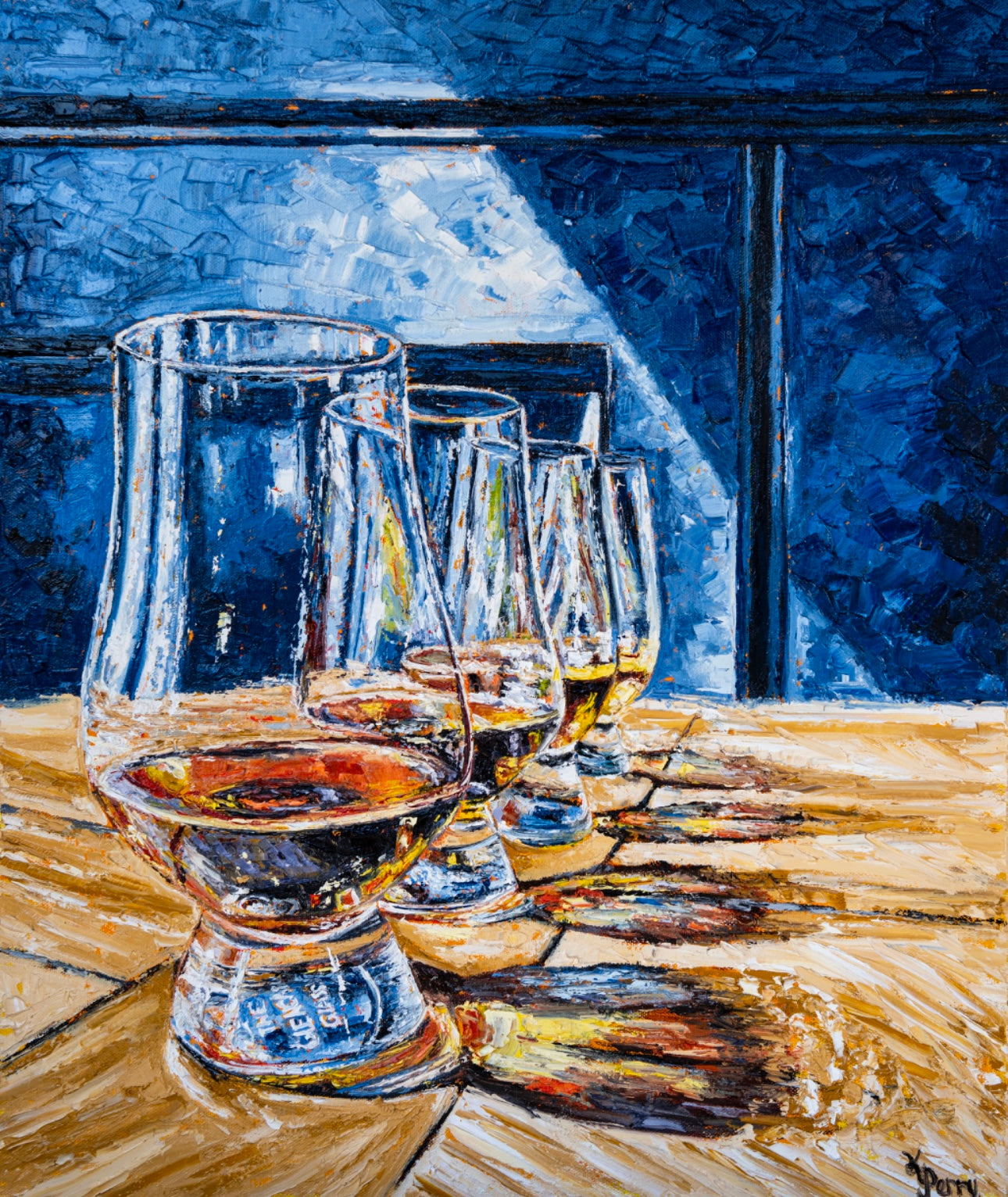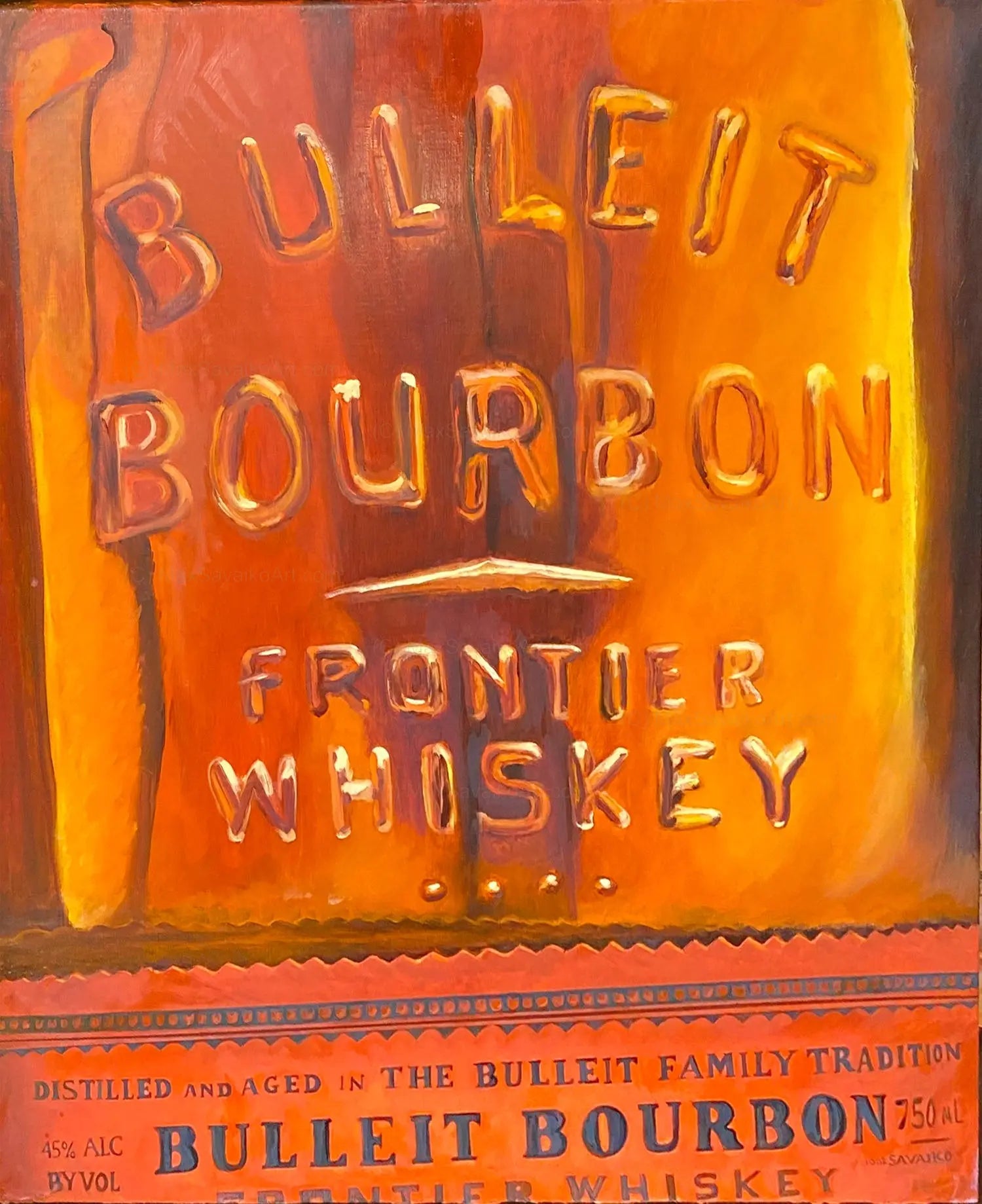The Value of Whiskey Art in Celebrating Heritage and Workmanship in the Beverage Sector
The intricate relationship between whiskey art and the celebration of heritage and craftsmanship within the drink sector can not be overemphasized. Through attentively created tags and bottles, bourbon brand names envelop their historical roots and the artisanal abilities that specify their production methods. This artistic measurement not just improves market charm but additionally functions as an avenue for social narration, promoting a much deeper link in between the craft and the consumer. As we explore the numerous aspects of this topic, intriguing inquiries concerning the effect of modern trends on typical techniques occur, prompting more evaluation.
The Historic Origins of Whiskey
At the heart of whiskey's appeal lies an abundant tapestry of historic roots that map back to ancient human beings. The origins of whiskey can be linked to the purification methods of the Sumerians and Babylonians around 2000 BCE, where very early forms of fermented grain drinks started to emerge. Nonetheless, it was in the Middle Ages that the art of purification evolved dramatically, particularly in Ireland and Scotland, causing the creation of scotch as we understand it today.
The term "scotch" itself stems from the Gaelic word "uisce beatha," meaning "water of life." This phrase highlights the social significance of whiskey in Celtic cultures, where it was commonly related to rituals, celebrations, and common bonding. By the 15th century, purification came to be a recognized craft within monastic areas, paving the way for the establishment of legal distilleries.
As trade paths broadened, bourbon's appeal expanded, going beyond regional limits and catching the rate of interest of aficionados worldwide. Realism Art. This historic trip mirrors not just the workmanship behind bourbon production however likewise its important function in social and social contexts, marking it as a considerable beverage throughout history
Artistic Expression in Branding
Whiskey branding stands as a compelling intersection of artistry and commerce, where visual identification plays a crucial role in forming customer assumption. The appearances of scotch labels, packaging, and marketing products mirror not just the brand's story yet additionally its core worths and heritage. Via creative expression, distilleries communicate a narrative that resonates with customers, evoking emotions and sparking links.
The use of color, typography, and images in branding serves to set apart products in a saturated market. Traditional themes may stimulate a feeling of authenticity and workmanship, while modern layouts can represent technology and forward-thinking. This tactical imaginative instructions improves brand name recognition and commitment, allowing customers to forge a personal partnership with the whiskey they pick.
Additionally, artistic expression in branding commonly serves as a celebration of local heritage. Distilleries regularly include regional signs or historical referrals right into their styles, producing a feeling of place that invites customers to take part in a broader cultural experience. Eventually, the creativity behind scotch branding not only enhances aesthetic allure yet also enhances the general story of the brand name, fostering a much deeper gratitude for the workmanship and heritage ingrained in each container.
Workmanship in Bottle Design
The creativity obvious in bourbon branding expands past aesthetic identification to encompass the craftsmanship associated with bottle style. Each bottle acts as a vessel not simply for the spirit within, however additionally for the tale it outlines its tradition, top quality, and origin. The design procedure calls for thorough focus to detail, as elements such as closure, form, and material contribute considerably to the overall perception of the whiskey.
Workmanship in container style involves selecting high-quality glass that can enhance the whiskey's color great post to read and quality, while likewise supplying a tactile experience for the customer. The shape of the bottle must be both visually attractive and functional, often mirroring the heritage of the brand. Many distilleries choose special shapes or printed logos that evoke a sense of authenticity and background.
Furthermore, the tag style and typography play an important role in connecting the brand's story. Whiskey Art. A well-crafted container not only mesmerizes the consumer's eye however also strengthens the brand's dedication to quality and custom. In this way, the workmanship of bottle style comes to be an essential aspect of the bourbon experience, merging virtuosity with a profound respect for heritage
Social Significance of Scotch Art
Commemorating custom and workmanship, the cultural importance of scotch art goes beyond mere appearances, intertwining with the historic and social stories of the regions from which it stems. Each bottle works as a canvas, showing the unique stories, mythology, and traditions that have formed local whiskey-making techniques. The elaborate styles commonly reflect the heritage of the distillers, integrating signs and concepts that resonate with the culture and values of their neighborhoods.

On top of that, scotch art plays an important duty in public gatherings and parties, offering as a concrete web link in between people and their shared experiences. By appreciating the virtuosity in bourbon product packaging, consumers grow a deeper understanding and respect for the craft, inevitably enriching their pleasure of the drink itself.
Modern Trends in Whiskey Discussion
In the last few years, the presentation of scotch has actually evolved to show modern preferences and trends while still honoring standard workmanship - Bourbon Art. Distilleries are progressively concentrating on visual elements that improve the general alcohol consumption experience, linking the gap between heritage and modernity
Innovative bottle styles have actually arised, frequently integrating lasting products and imaginative tags that inform engaging tales. discover this Many brands now collaborate with regional artists, infusing their products with special aesthetic expressions that reverberate with customers. In addition, limited-edition launches are usually packaged in collectible containers, including worth and allure for aficionados.

Final Thought
Finally, whiskey art functions as an essential avenue for expressing the heritage and craftsmanship intrinsic in the drink industry. Through elaborate branding, cutting-edge bottle designs, and culturally considerable creative aspects, bourbon brand names effectively honor their traditions and connect with consumers. This creative narrative not only raises the gratitude of whiskey but likewise strengthens neighborhood identity and pride among producers. Eventually, scotch art plays a crucial duty in preserving and commemorating the abundant cultural tapestry of whiskey-making.


Craftsmanship in bottle layout entails choosing premium glass that can enhance the bourbon's color and clarity, while additionally supplying a tactile experience for the customer. In this means, the craftsmanship of bottle layout ends up being a vital facet of the scotch experience, merging virtuosity with a profound respect for heritage.
In conclusion, bourbon art serves as a vital channel for expressing the heritage and workmanship intrinsic in the beverage market.